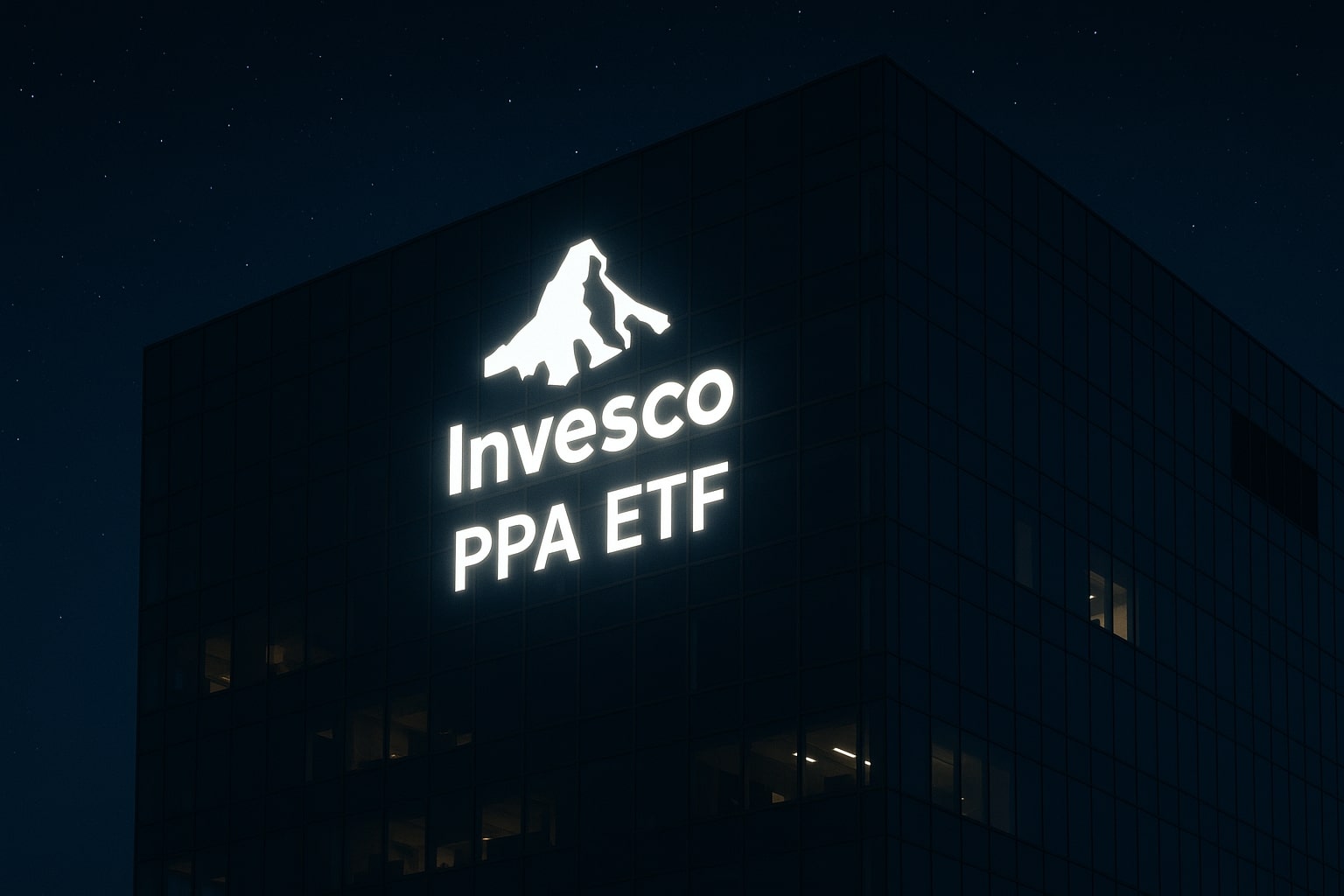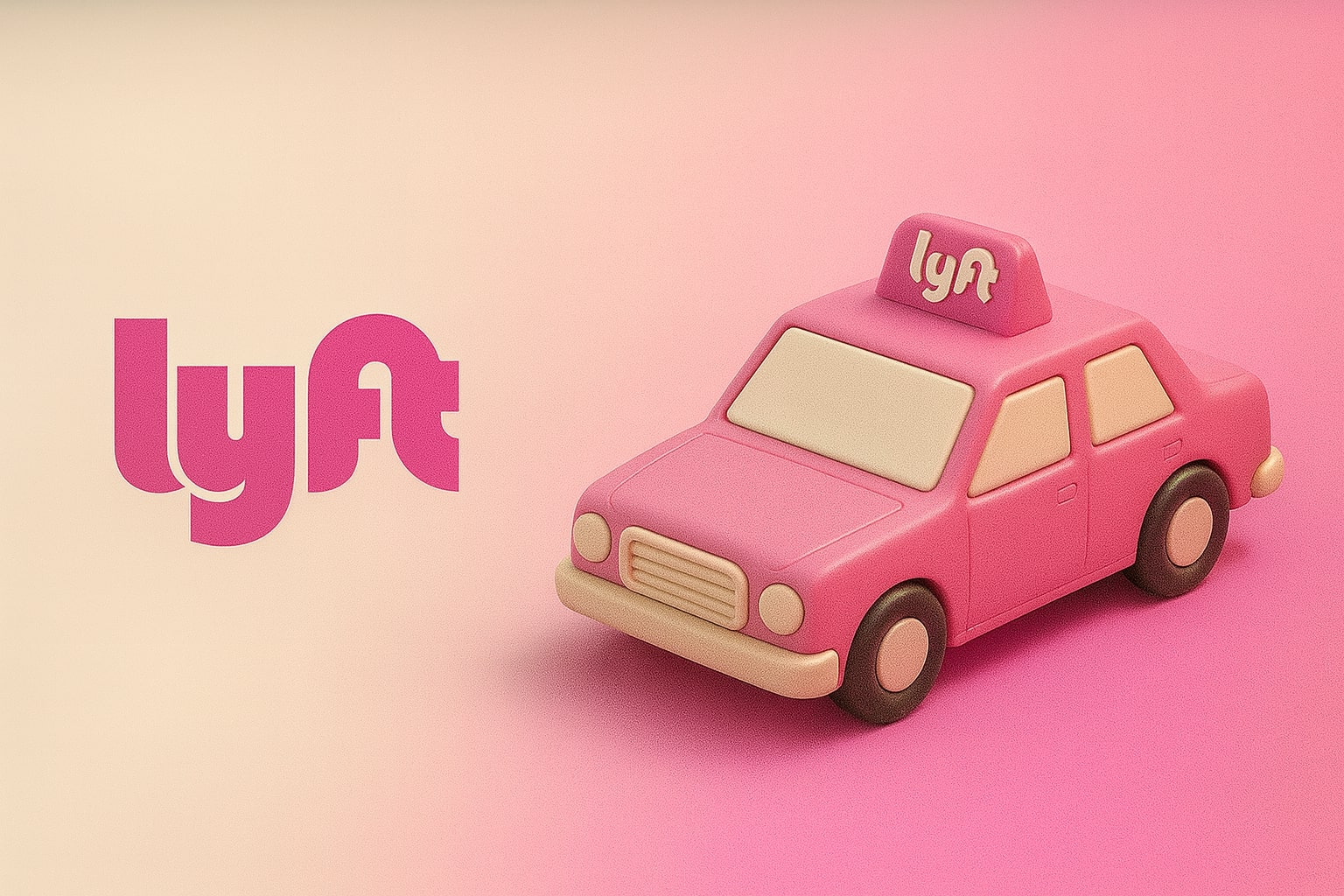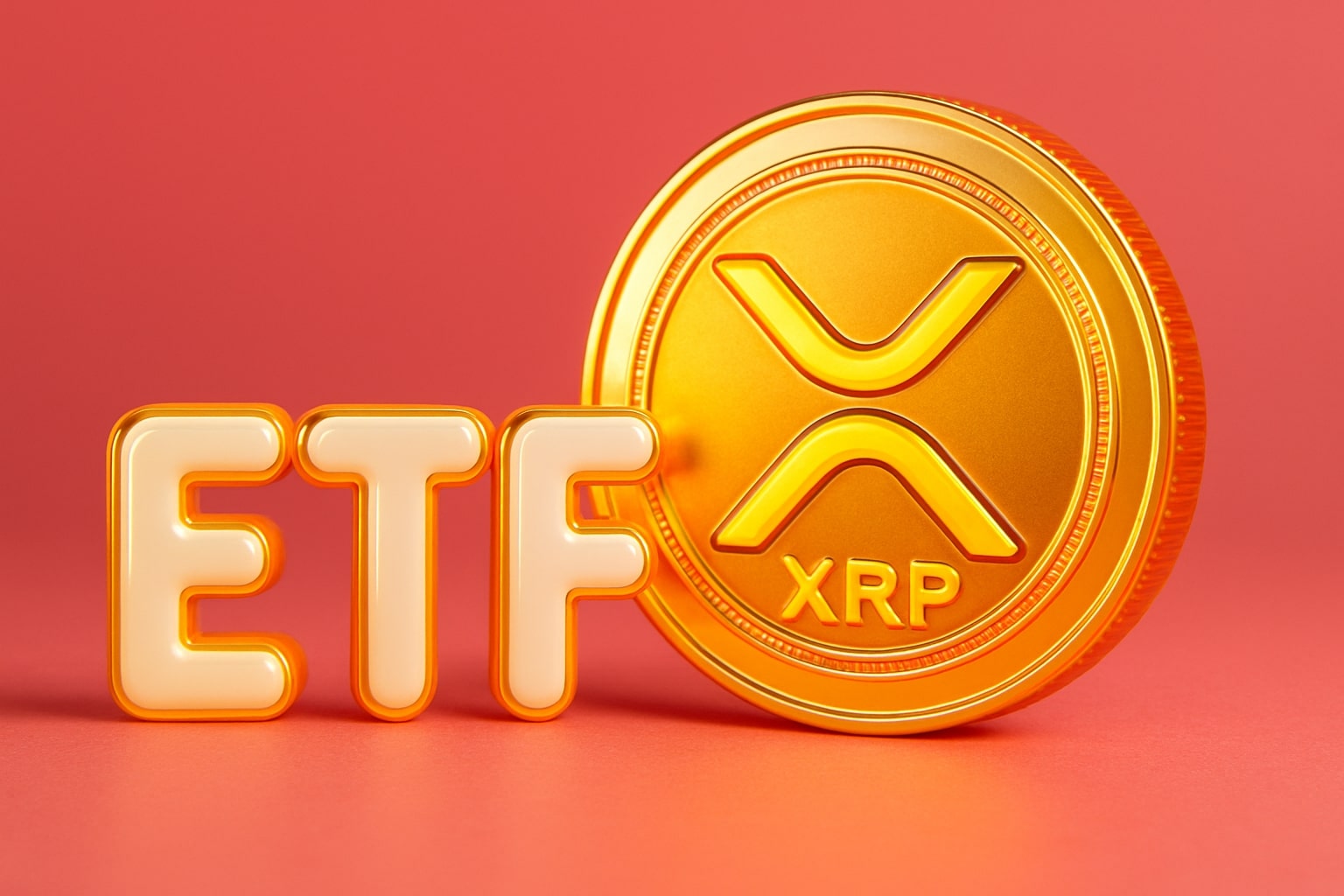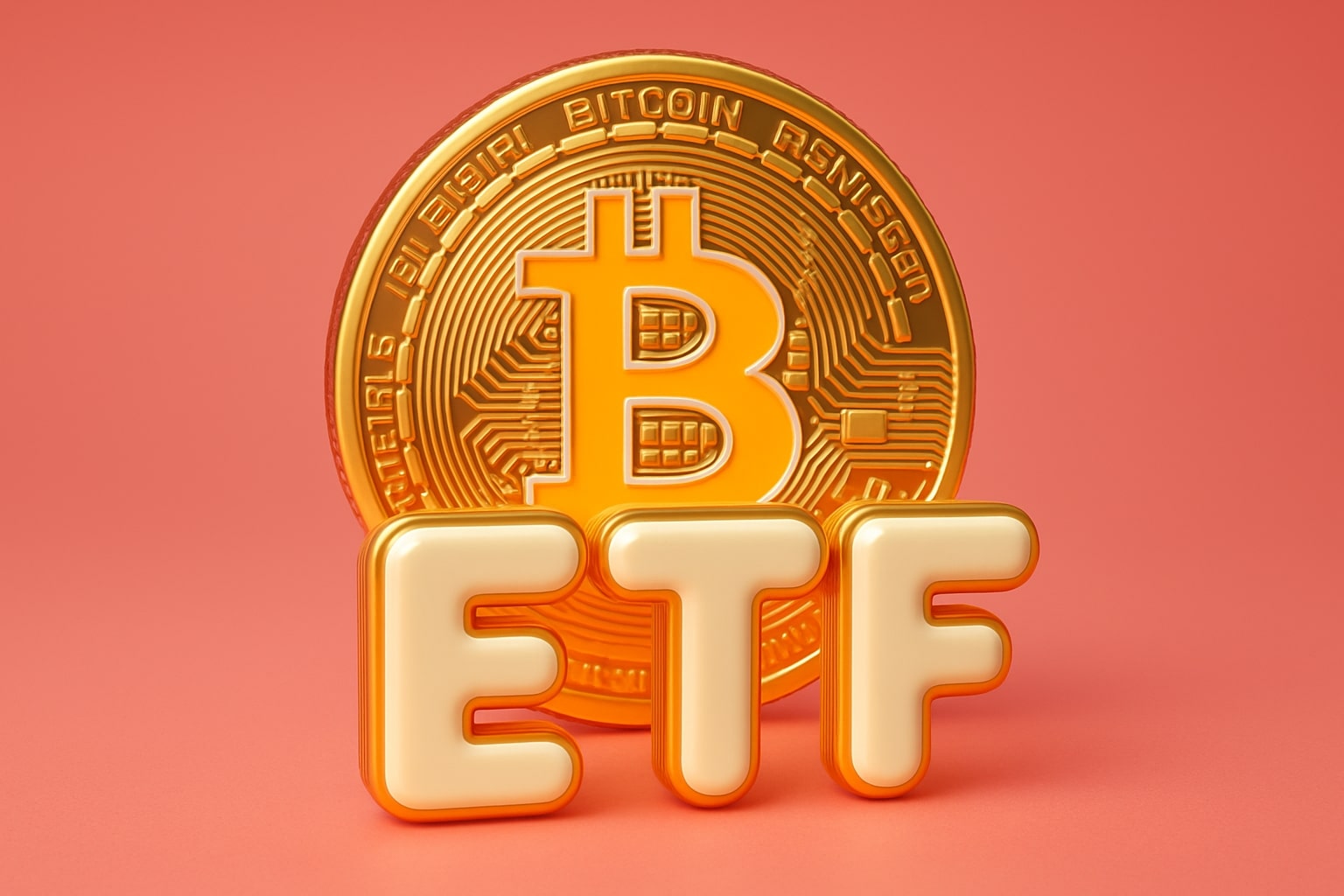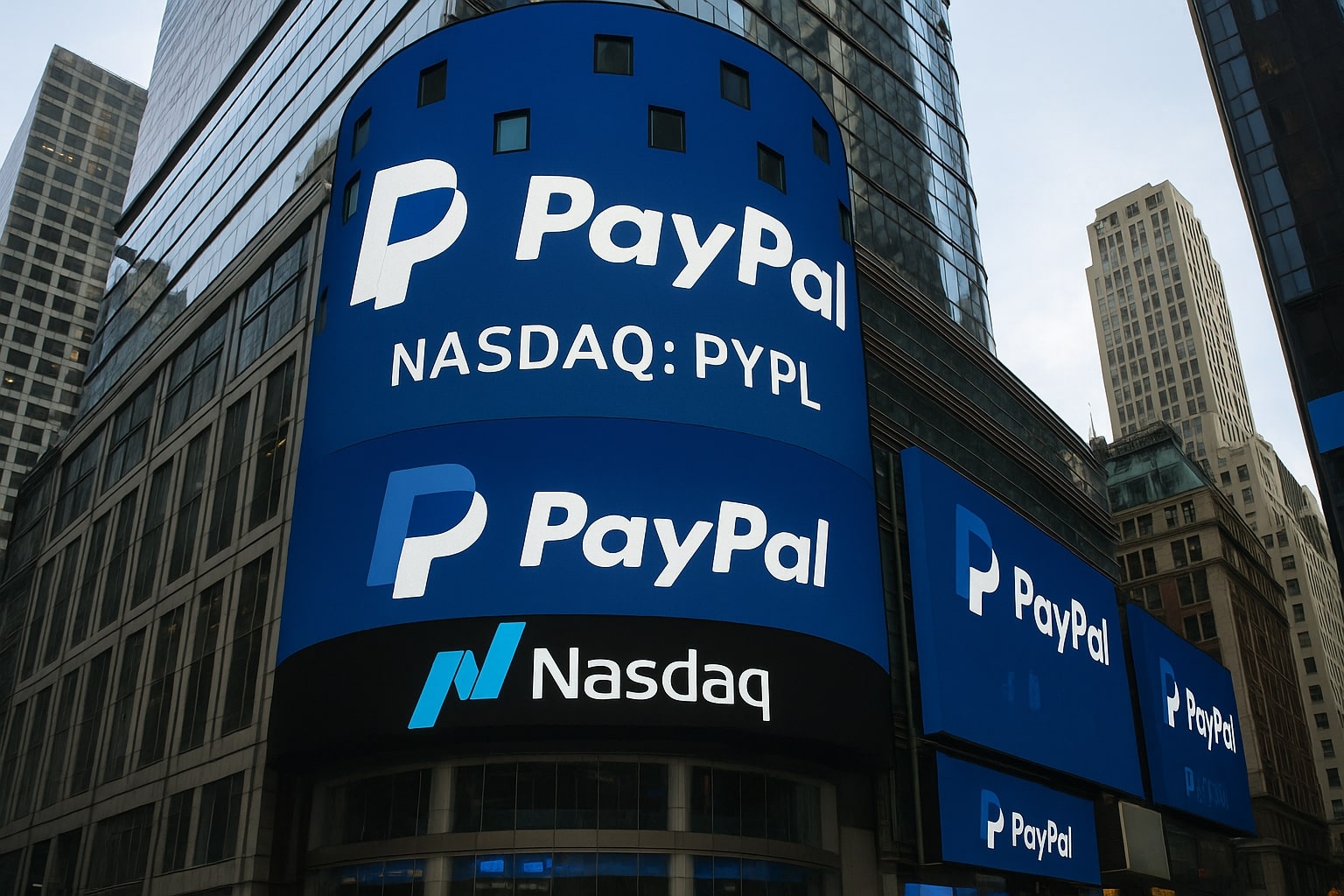
PayPal (NASDAQ:PYPL) Stock Forecast: PYPL Holds $65, Eyes Breakout Toward $80
AI-driven growth, Venmo monetization, and $6B buybacks set | That's TradingNEWS
NASDAQ:PYPL Faces Pressure But Builds a Case for Recovery
PayPal Holdings Inc. (NASDAQ:PYPL) remains one of the most heavily scrutinized names in fintech after years of decline from its $300 highs during the pandemic. At today’s levels near the mid-$60s, the stock reflects investor fatigue with slowing user growth and persistent concerns about competition from both legacy payments giants like Visa and Mastercard and emerging platforms such as Zelle and stablecoins. Yet beneath the surface, the company has laid out a margin-focused strategy, accelerated Venmo monetization, and begun investing in AI-driven opportunities that could reignite growth. The question for investors is whether the market has over-discounted these risks and left the stock undervalued relative to its cash flow and network effects.
Strategic Rebalancing Between Branded and Unbranded Segments
One of the most important strategic pivots for PYPL has been the shift away from chasing raw transaction volume in its lower-margin unbranded Braintree unit toward protecting transaction margins within the Branded Checkout business. In Q2, Braintree’s total payment volume stalled with flat year-on-year growth, while Branded Checkout remained the more profitable engine. Management acknowledged that the days of chasing volume at the expense of margins are over, and the focus now is on margin accretion. That shift has weighed on headline growth but strengthens the company’s free cash flow profile, which reached a robust $6 billion in annualized buybacks capacity. Investors who were used to double-digit growth in the unbranded segment now see slower figures, but the healthier margin profile indicates sustainability.
Venmo Monetization Gathers Pace as Zelle Competition Peaks
Venmo has historically been viewed as under-monetized despite its dominant cultural presence in the U.S. payments landscape. The monetization push has accelerated, with Pay with Venmo transaction volume up 45% and Venmo Debit active users up 40%. These categories carry fees closer to 3%, compared to negligible take rates in peer-to-peer transfers. Competitive fears around Zelle peaked in 2024, but recent data shows Zelle’s growth curve flattening, allowing Venmo to consolidate its position. With over 90 million active accounts, Venmo remains an asset that the market has yet to fully price in, particularly as PayPal integrates the service deeper into PayPal World, a cross-border payments platform that links UPI in India, Mercado Pago in Brazil, and Tenpay in China to create access to more than 2 billion wallets worldwide.
AI and PayPal World as Next-Generation Catalysts
While legacy investors often value PYPL on slowing total payment volume growth and reduced take rates, the company’s foray into AI-enabled commerce is creating new monetization channels. Partnerships with AI platforms, including collaborations designed to embed payments directly into conversational search and personalized recommendation engines, could unlock higher revenue per user much like Meta experienced with its ad-targeting improvements. Internal estimates project that agentic AI integrations could add more than $10 in EPS contribution over the next decade, equal to roughly 14% annualized EPS growth from AI alone. Combined with PayPal World’s global integration of domestic wallets, PayPal is positioning itself not just as a transaction processor, but as an infrastructure player for cross-border commerce and AI-enabled payments.
Macroeconomic Environment and Rate Sensitivity
PayPal’s growth is deeply correlated with consumer spending sentiment and interest rate cycles. Historical data shows revenue growth declines during periods of high interest rates and low consumer sentiment index (CSI). With the Fed now strongly signaling rate cuts, the macro headwind that has capped transaction growth could ease by late 2025. Consumer sentiment remains weak, suppressing total payment volume, but a pivot in policy is expected to improve discretionary spending. Investors betting on a Fed cut in September are pricing in a near-term relief rally, and PayPal, with most of its user base tied to U.S. consumers, could be among the key beneficiaries.
Financials, Valuation, and Shareholder Returns
From 2017 to 2025, PayPal increased daily production volume in payments dramatically, with total payment volume rising into the trillions annually. Despite slowing account growth, the quality-over-quantity approach means higher spend per account, stabilizing the take rate. The stock trades at a forward PEG ratio of 1.32, almost aligned with the sector median of 1.26, a far cry from the growth premium it once commanded. This valuation compression means the bar for upside is now low. Meanwhile, the company’s aggressive buyback program and consistent dividend history since 2020, totaling CA$12.31 per share paid out, highlight a strong capital return profile. Free cash flow supports these returns, with debt levels manageable compared to Canadian peer CNQ, and reserve capacity sufficient for 30+ years of sustained extraction in its payments “moat.”
Buy, Sell, or Hold on NASDAQ:PYPL
At current prices near $60–65, the risk-reward setup for NASDAQ:PYPL appears tilted toward the upside. The technical ceiling around $80 represents fair value under a discounted cash flow model assuming mid-single-digit growth and modest margin expansion. With $6 billion in annualized buybacks, stabilizing take rates, accelerating Venmo monetization, and AI-driven revenue potential, the stock provides a compelling entry for long-term investors. However, near-term risks from competition and fiscal strain in consumer spending cannot be ignored. Taking all data into account, the verdict is a Buy, supported by valuation compression, strong free cash flow, and emerging catalysts that the market has not fully priced in.
That's TradingNEWS
Read More
-
PPA ETF at $154: Can This Defense ETF Keep Beating ITA and SPY?
14.12.2025 · TradingNEWS ArchiveStocks
-
XRP ETFs XRPI and XRPR Pull In $975M While XRP-USD Fights To Hold $2
14.12.2025 · TradingNEWS ArchiveCrypto
-
Natural Gas Price Forecast: NG=F Hits $4.11 As Warm Winter Outlook Puts $3.913 Support At Risk
14.12.2025 · TradingNEWS ArchiveCommodities
-
USD/JPY Price Forecast - Dollar to Yen Can BoJ’s 0.75% Shock Break The 155–158 Range?
14.12.2025 · TradingNEWS ArchiveForex














